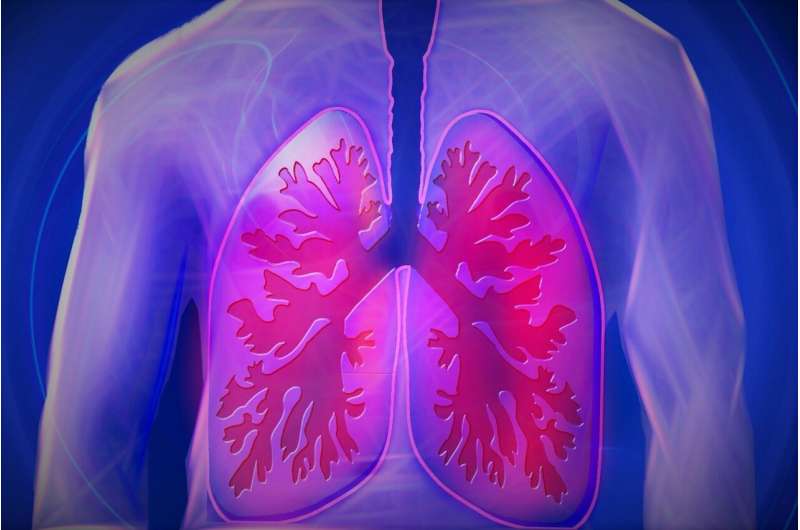Persistent Mucus Plugs Accelerate Lung Function Decline in COPD Patients

New research reveals that persistent airway mucus plugs contribute to faster lung function decline in COPD patients, highlighting potential therapeutic targets to slow disease progression.
Chronic obstructive pulmonary disease (COPD) remains a leading cause of death in the United States, primarily driven by cigarette smoking and prolonged exposure to air pollutants. While there currently is no cure, slowing disease progression involves managing these risk factors. Recent research by Mass General Brigham has highlighted a significant new factor influencing COPD progression: the presence of persistent mucus plugs within the airways.
The study found that individuals with COPD who experienced ongoing airway mucus accumulation over a five-year period showed a more rapid decline in lung function compared to those without persistent mucus. The findings point to the potential of therapies aimed at disrupting these mucus plugs to slow disease progression and enhance patient quality of life.
Published in The New England Journal of Medicine (doi: 10.1056/NEJMc2502456), the research emphasizes that mucus plugs can vary, with some resolving and others persisting. Lead researcher Sofia Mettler, MD, MSc, a clinical fellow at Brigham and Women's Hospital, explained that patients whose mucus plugs resolve tend to experience a slower decline in lung function.
The team previously linked mucus plugs to higher mortality rates in COPD patients, even in the absence of typical symptoms like cough or phlegm. To explore how mucus persistence affects COPD progression, they analyzed data from 2,118 participants in the COPDGene study, focusing on forced expiratory volume in one second (FEV₁) — a standard measure of lung health.
Participants underwent chest CT scans at two points: initially and five years later. Results revealed that patients with mucus plugs present at both assessments, as well as those who developed new mucus plugs during the study, experienced significantly faster lung function decline—23.2 ml/year and 17.7 ml/year less FEV₁, respectively—compared to those without mucus plugs. Continued smoking during the study exacerbated this decline.
Interestingly, patients whose mucus plugs resolved over time showed no difference in lung decline compared to those who never had mucus plugs. Mettler notes that, while observational, these findings suggest a possible causal link, warranting future clinical trials to test whether targeting mucus plugs could halt or slow disease progression.
Future research aims to understand the biochemical and demographic factors influencing mucus resolution and to develop interventions that could prevent or reduce mucus buildup, ultimately improving patient outcomes.
For more details, see the publication: Mettler, S et al., Longitudinal Changes in Airway Mucus Plugs and FEV₁ in COPD, The New England Journal of Medicine, 2025.
Stay Updated with Mia's Feed
Get the latest health & wellness insights delivered straight to your inbox.
Related Articles
Uncovering Hidden Genetic Risks in Hispanic/Latino Communities: Lessons from a Dominican Heart Mutation
A groundbreaking study reveals the presence of a critical heart-related genetic mutation among Dominican Americans, highlighting the importance of inclusive, ancestry-aware research in advancing precision medicine.
Pulmonary Embolism in Children: A Growing Concern Recognized by New Research
New research reveals that pulmonary embolism in children is more common than previously believed. A large study highlights the need for increased awareness and updated diagnostic criteria in pediatric care.
Team-Based Care Enhances Outcomes for Pregnant Women with Substance Use Disorders
A pioneering study reveals that team-based, integrated healthcare models significantly improve outcomes for pregnant women with substance use disorders, promoting family stability and healthier pregnancies.
Medical Experts Call for Critical Examination of the Global Arms Industry and Its Impact on Public Health
Health professionals are called to scrutinize the impact of the global arms industry on public health, highlighting the need for policy change and advocacy for peace and health equity amid rising military spending.



